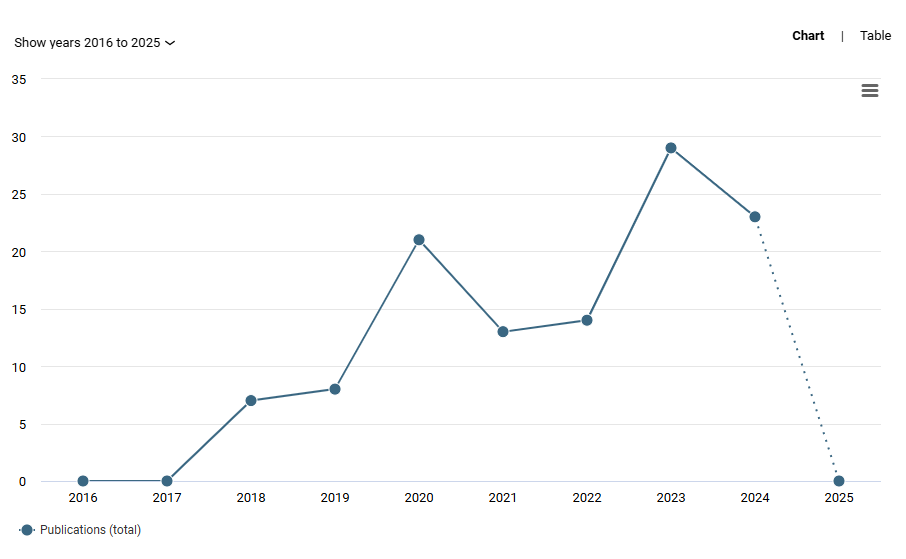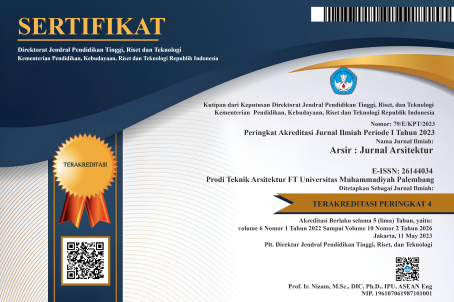The Influence of Psychology Architecture on Emotional Intelligence in Elementary School Age Children
DOI:
https://doi.org/10.32502/arsir.v10i1.254Keywords:
bullying, children’s architecture, emotional intelligence, elementary schoolAbstract
Bullying is also called bullying, which is still one of the problems affecting children in Indonesia with serious impacts on both the perpetrators and the victims. Some of this happens to elementary school children, who should be at an age where they develop their emotional intelligence and empathy that can be influenced by their environment. To solve this problem, an approach consisting of various steps is needed. By prioritizing aspects such as sensory experience, architecture has the power to deeply influence emotions and behavior. This method does not only use punishment but also acts proactively to encourage better behavior. This study aims to find the influence of architecture in forming a child-friendly environment in terms of psychology. A case study at MI Khoirul Huda indicates that designing a learning environment that accommodates aspects of safety, comfort, and sensory stimulation makes a significant contribution to the formation of emotional intelligence in children. However, there are still several design elements that need to be optimized so that the quality of the space truly supports the process of psychological and emotional development of students as a whole. This study uses a qualitative method with primary data collected through observation techniques on the study object of the MI Khoirul Huda Education building. The results of this study indicate that architectural design can have a good or bad impact on the emotional intelligence of elementary school children.
Downloads
Published
How to Cite
Issue
Section
License
Copyright (c) 2025 wahyu kusuma tn, Vijar Galax Putra Jagat Paryoko

This work is licensed under a Creative Commons Attribution-ShareAlike 4.0 International License.
Arsir: Jurnal Arsitektur (AJA) have CC-BY-SA or an equivalent license as the optimal license for the publication, distribution, use, and reuse of scholarly work.
Authors who publish Arsir: Jurnal Arsitektur (AJA) agree to the following terms: Authors retain copyright and grant the Arsir: Jurnal Arsitektur (AJA) right of first publication with the work simultaneously licensed under a Creative Commons Attribution License (CC BY-SA 4.0) that allows others to share (copy and redistribute the material in any medium or format) and adapt (remix, transform, and build upon the material) the work for any purpose, even commercially, with an acknowledgement of the work's authorship and initial publication in Arsir: Jurnal Arsitektur (AJA). Authors are able to enter into separate, additional contractual arrangements for the non-exclusive distribution of the journal's published version of the work (e.g., post it to an institutional repository or publish it in a book), with an acknowledgement of its initial publication in Arsir: Jurnal Arsitektur (AJA). Authors are permitted and encouraged to post their work online (e.g., in institutional repositories or on their website) prior to and during the submission process, as it can lead to productive exchanges as well as earlier and greater citation of published work (see The Effect of Open Access).
![]()
Work is distributed below This work is licensed under a Creative Commons Attribution-ShareAlike 4.0 International License.










